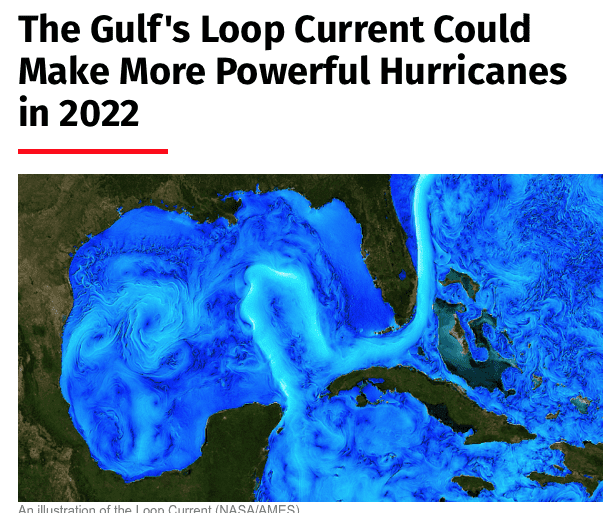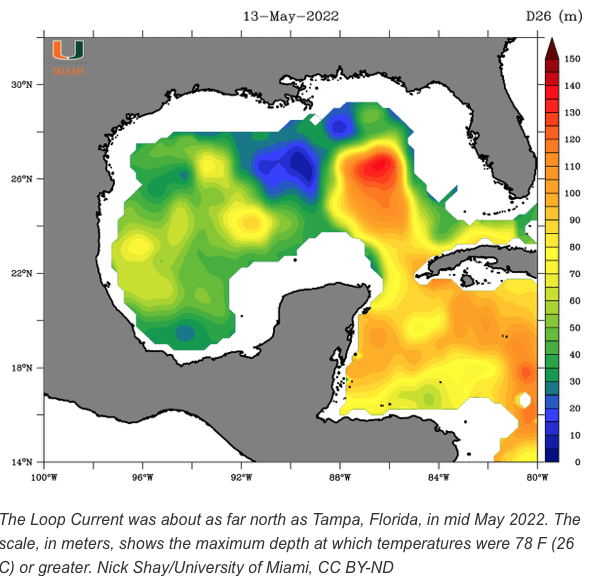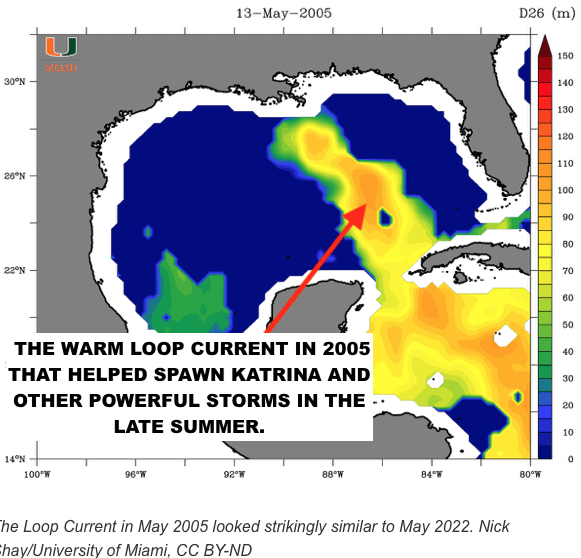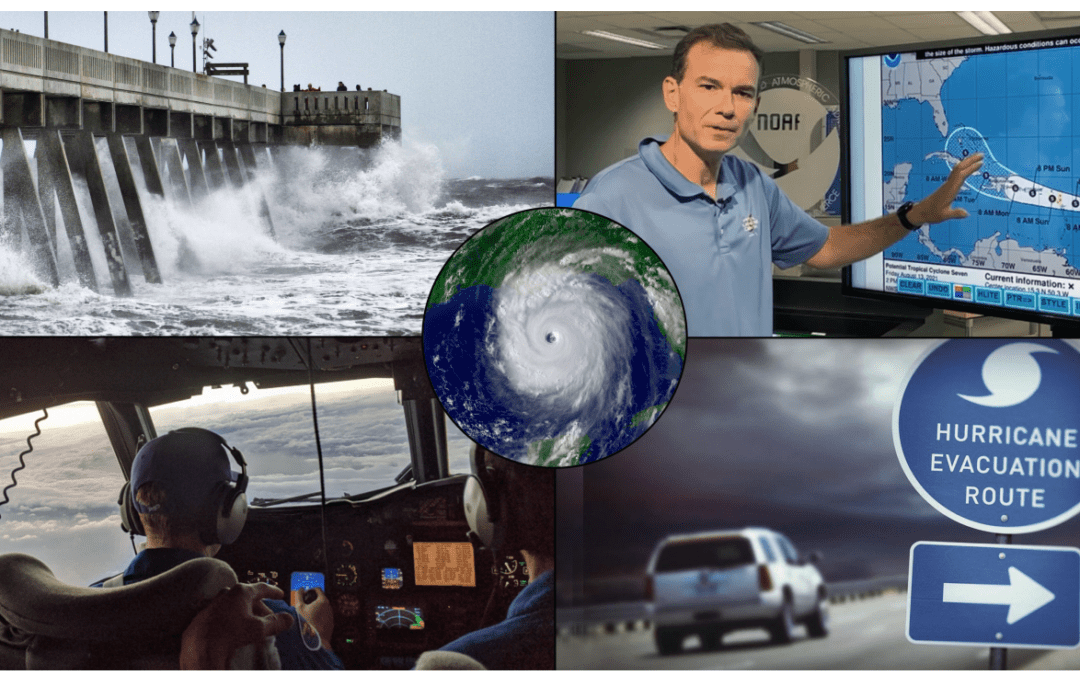There are many climatological factors that affect the Atlantic and Gulf hurricane seasons. Typically, a La Nina event like we have today reduces wind shear which can help enhance tropical activity. In contrast, El Nino events increase wind shear and reduce the number of storms.
Based on our research and similar global ocean temperatures, the 1996 and 2018 analog may be a good ones. 1996 was a La Nina event with some similar global climatological characteristics. In 2018, Europe also had a severe heat wave in drought that killed thousands of people. African dust also killed the beginning of the hurricane season that year; like this year.
Notice the storm tracks in both of these cases: Mostly out in the Atlantic or along the east coast. In both 1996 and 2018, total named storms were 13 and 14, respectively.
Could this season still reach the projected 17 storms or more that NOAA and others are saying? It could based on climate change and the warm loop current in the Gulf of Mexico (see the discussion below)
Please see the CAC’s hurricane forecast here
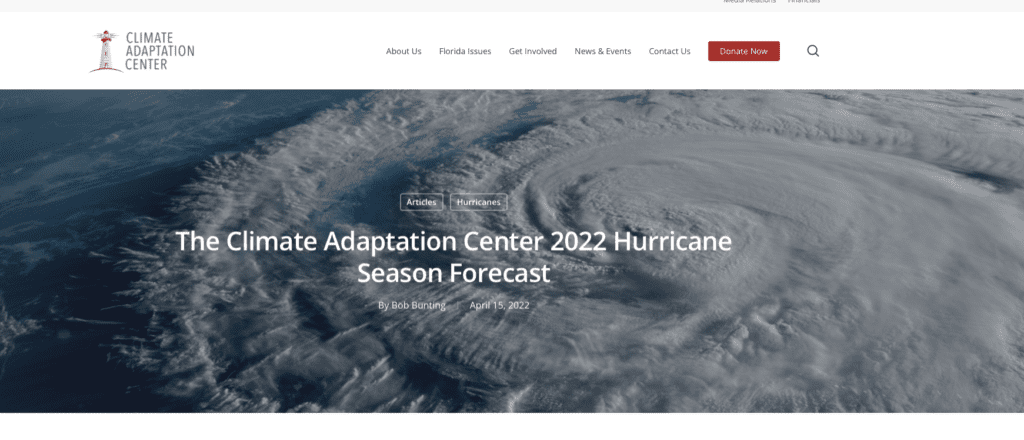
So here is what we are thinking at Best Weather about the general storm tracks this year
1996 La Nina and hurricane tracks
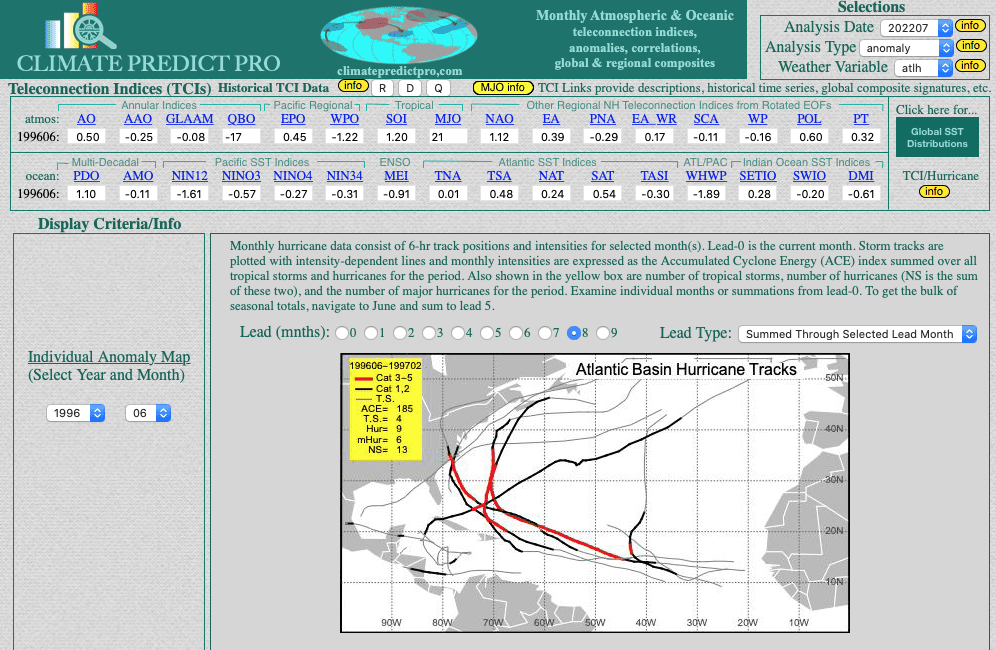
2018 was not a La Nina but similar major European heat wave with AFrican dust

Why 2022 hurricane season got off to a slow start and what may be changing?
Summer 2022 got off to a slow start due to major African dust that disrupted any development in the Atlantic. However, in the main eastern development region near Africa, African dust is weakening and some tropical storms and hurricanes are forecasted by early September.
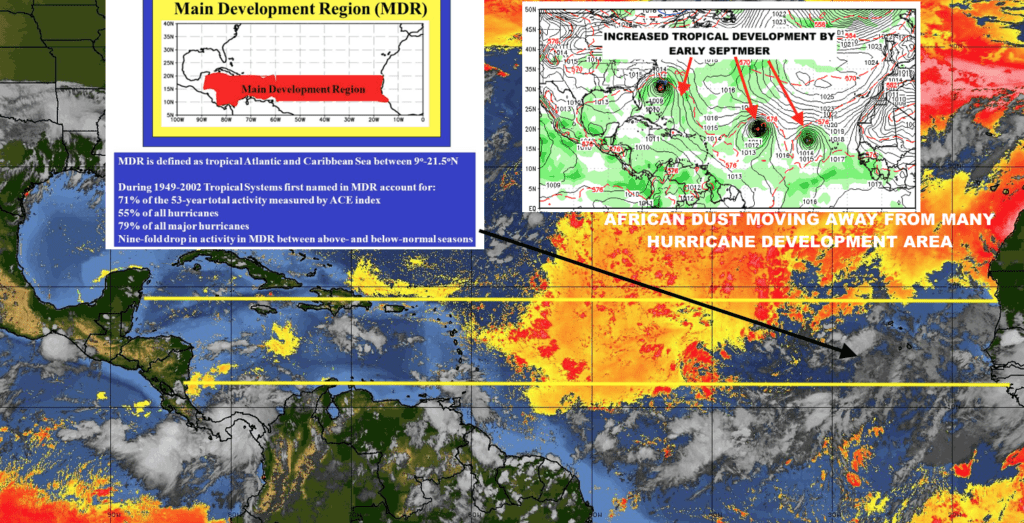
Additional factors that influence hurricane development (or not), are the following
- The MJO (Gulf of Mexico and Caribbean Sea hurricanes are four times more likely to occur when the MJO is producing enhanced precipitation and divergent upper level winds than when precipitation is suppressed and upper level winds are convergent.)
See an interesting article and description here
2. The TNA index (ocean temperatures off the west coast of Africa
3. The loop current in the Gulf of Mexico (The warm loop current the last few years, brought on by climate change and global warming helped spawn no less than 5 category 5 hurricanes over the last few years out of nothing).
